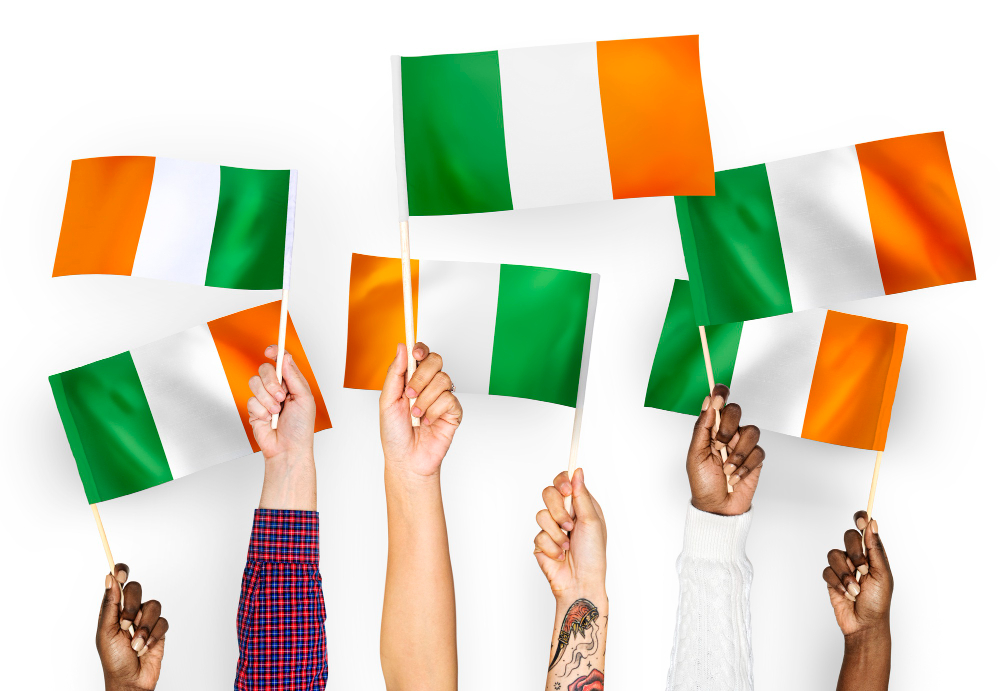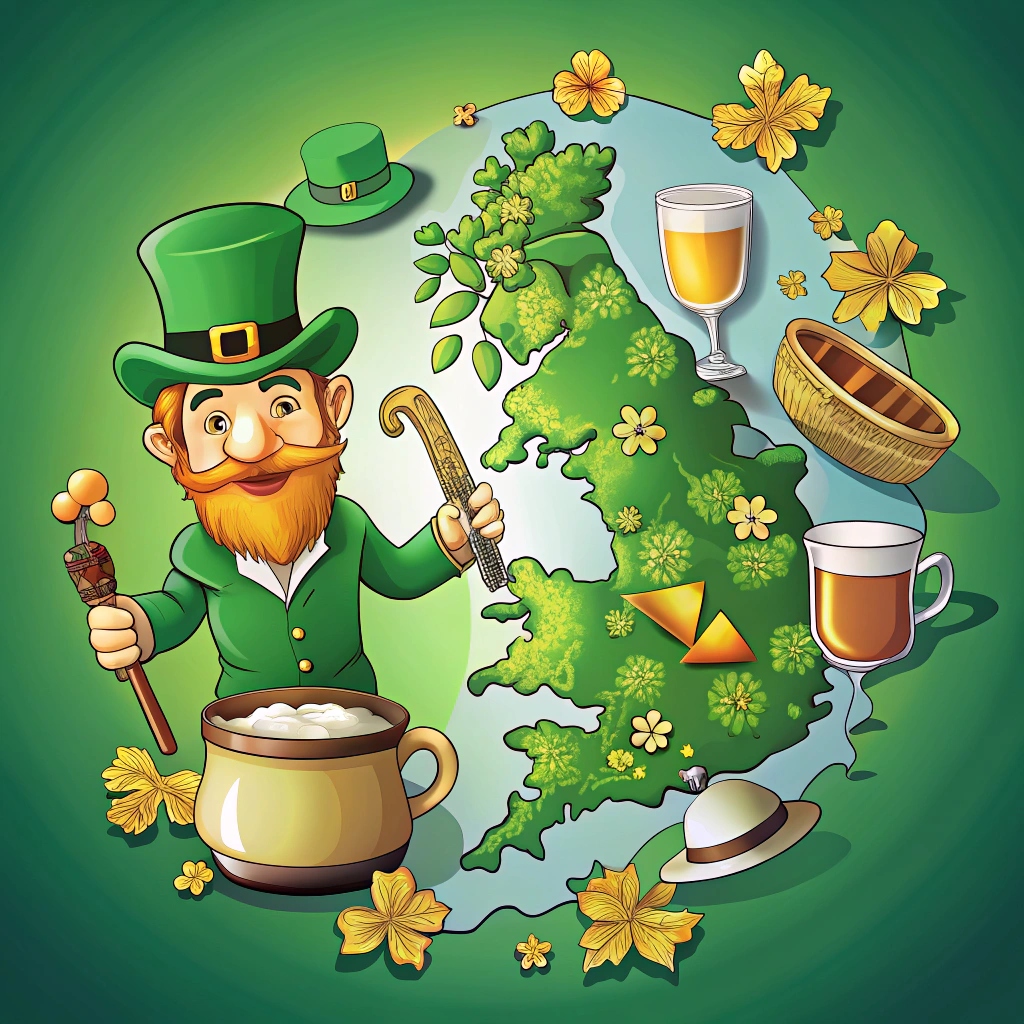Discover the ultimate guide to traditional Irish music and dance that will enchant your senses. From ancient Celtic rhythms to modern performances, experience authentic Ireland!
The Ultimate Guide to Traditional Irish Music and Dance
Ireland’s vibrant traditional Irish music and dance are much more than mere entertainment—they are the very heartbeat of its culture. From ancient folk tunes echoing through generations to the thunderous applause following a breathtaking step dance performance, traditional Irish music and dance captivate visitors and locals alike with their raw emotional power and technical brilliance.
Why Traditional Irish Music and Dance Define Ireland’s Cultural Soul
Traditional Irish music and dance have captured hearts worldwide for centuries, expressing the joys, sorrows, and resilience of the Irish people through rhythm and movement. Whether experienced in a cozy Dublin pub or on grand international stages, these art forms offer an authentic connection to Ireland’s rich cultural heritage.
5 Historical Cornerstones of Traditional Irish Music and Dance
The evolution of traditional Irish music and dance reflects Ireland’s complex history:
- Ancient Celtic Foundations: Traditional Irish music and dance trace back to Celtic tribes who used these art forms for communication, celebration, and spiritual expression. Before written records, these performances preserved stories and legends through generations.
- Monastic Influence: Medieval Irish monasteries became crucial cultural centers where monks preserved not only religious texts but also the musical traditions that would later shape secular Irish music.
- Community Gatherings: From village festivals to seasonal celebrations, traditional Irish music and dance fostered community bonds, creating shared experiences that strengthened cultural identity.
- Resistance and Revival: During periods of oppression, traditional Irish music and dance became powerful symbols of cultural resistance and national identity, helping preserve Ireland’s heritage.
- Global Diaspora: As Irish people emigrated worldwide, they carried their traditional Irish music and dance with them, planting cultural seeds that would later flourish into international appreciation.
Traditional Irish Music and Dance: The Iconic Instruments
The distinctive sound of traditional Irish music comes from a variety of unique instruments, each with its own cultural significance:
7 Essential Instruments in Traditional Irish Music and Dance
- Fiddle: The heart of traditional Irish music, the fiddle drives the energetic jigs and reels that accompany Irish dancers. Learn more about its history at the National Folk Music Centre.
- Tin Whistle: This simple yet expressive instrument is often the first learned by aspiring musicians. Its bright, clear tone perfectly complements traditional Irish dance performances.
- Bodhrán: This traditional frame drum provides the rhythmic foundation for dance music. According to Irish Cultural Heritage, the bodhrán’s distinctive beat has ancient ceremonial origins.
- Uilleann Pipes: More complex than their Scottish counterparts, these Irish bagpipes produce hauntingly beautiful melodies that showcase the emotional depth of traditional Irish music.
- Accordion and Concertina: These versatile instruments add richness and texture to traditional Irish music ensembles, perfect for accompanying both formal and impromptu dance gatherings.
- Irish Harp: As Ireland’s national symbol, this instrument represents the soul of traditional Irish music, dating back to ancient bardic traditions.
- Banjo and Mandolin: Though later additions, these string instruments have become integral to modern traditional Irish music sessions.
The Captivating World of Traditional Irish Dance
Traditional Irish dance combines precision, energy, and storytelling through movement. From competitive performances to community celebrations, Irish dance continues to evolve while honoring its roots.
3 Primary Forms of Traditional Irish Dance
- Irish Step Dance: Characterized by rapid leg movements with a still upper body, this form gained global recognition through shows like Riverdance. Its competitive aspect has produced extraordinary technical standards while preserving cultural authenticity.
- Set Dancing: This social dance form involves groups performing intricate patterns and formations, reflecting Ireland’s strong community spirit and love of collective celebration.
- Ceilidh Dancing: Derived from Gaelic social gatherings, ceilidh dancing remains a joyful, participatory tradition at festivals and family celebrations across Ireland.
Where to Experience Authentic Traditional Irish Music and Dance
Ireland offers countless opportunities to immerse yourself in traditional Irish music and dance:
6 Unforgettable Traditional Irish Music and Dance Venues
- Traditional Pubs: In Dublin, Galway, and Cork, legendary pubs host nightly sessions where traditional Irish music and impromptu dancing create unforgettable experiences. Visit O’Donoghue’s Pub in Dublin, where famous musicians like The Dubliners once played.
- Cultural Festivals: The Fleadh Cheoil (Festival of Music) represents the pinnacle of traditional Irish music and dance competitions, attracting thousands of performers and enthusiasts annually.
- Dedicated Performance Halls: Venues like the National Concert Hall in Dublin regularly feature spectacular traditional Irish music and dance performances that showcase both technical mastery and emotional depth.
- Dance Schools: Many Irish dance schools welcome visitors for workshops. The Irish Dance Teachers Association offers resources to find accredited schools throughout Ireland.
- Cultural Centers: Institutions like the Irish Traditional Music Archive provide invaluable resources for those seeking deeper understanding of traditional Irish music and dance.
- Street Performances: In tourist centers and during festivals, spontaneous traditional Irish music and dance performances bring ancient traditions to life in public spaces.
Interactive Traditional Irish Music and Dance Experiences
For those who want to do more than watch, Ireland offers many hands-on experiences:
4 Ways to Participate in Traditional Irish Music and Dance
- Workshops and Classes: Many cultural centers offer short courses in traditional Irish music instruments or basic dance steps, designed for visitors of all skill levels.
- Join a Session: Open sessions at local pubs welcome newcomers to experience the spontaneity of traditional Irish music firsthand.
- Community Ceilidhs: These social dance events often include instruction for beginners, making traditional Irish dance accessible to everyone.
- Festival Participation: Many Irish festivals include interactive elements where visitors can try instruments or learn simple dance steps from masters.
The Future of Traditional Irish Music and Dance
While deeply rooted in history, traditional Irish music and dance continue to evolve and influence global culture:
- Digital Preservation: Organizations like the Digital Repository of Ireland work to digitize and preserve traditional Irish music and dance records for future generations.
- Fusion and Innovation: Contemporary artists blend traditional Irish music and dance elements with modern genres, creating exciting new expressions while honoring historical foundations.
- Global Community: International interest in traditional Irish music and dance has created a worldwide community connected through shared appreciation of these art forms.
Conclusion: The Enduring Magic of Traditional Irish Music and Dance
Traditional Irish music and dance represent more than artistic expression—they embody the spirit, resilience, and joy of the Irish people. Whether you’re moved by the mournful notes of a slow air or energized by the rhythmic precision of step dancing, these traditions offer a direct connection to Ireland’s soul.
On your next visit to the Emerald Isle, make time to experience traditional Irish music and dance in their authentic settings. Let the tunes carry you through centuries of storytelling and the dance steps guide you into the heart of a nation that celebrates life with every beat and movement.


